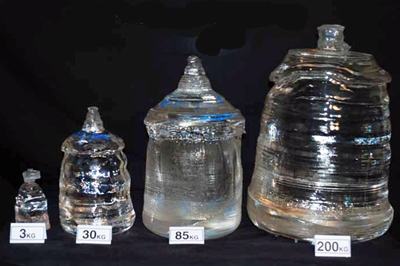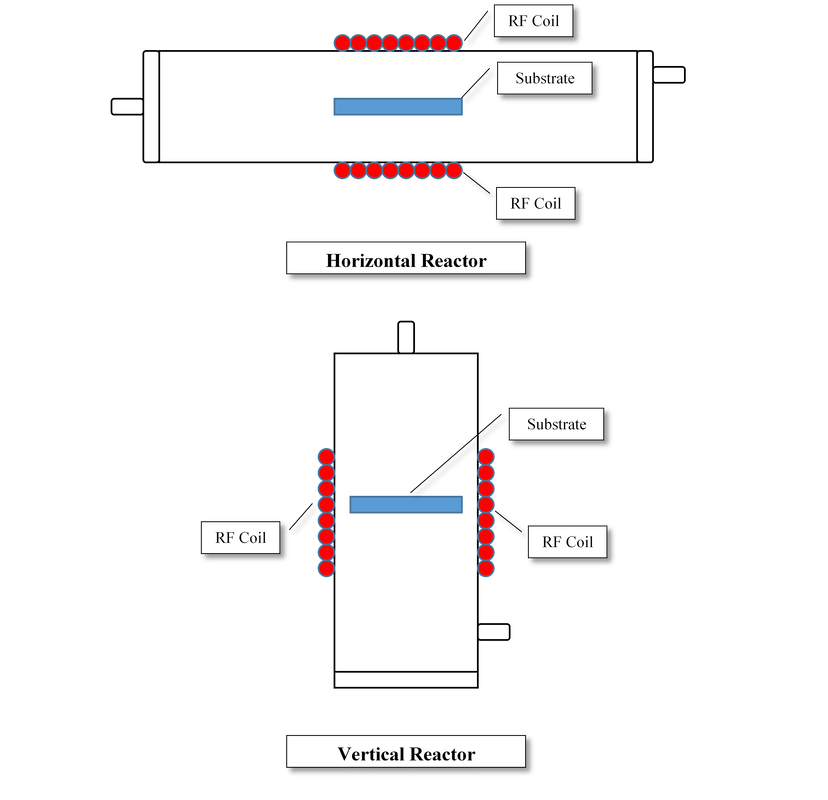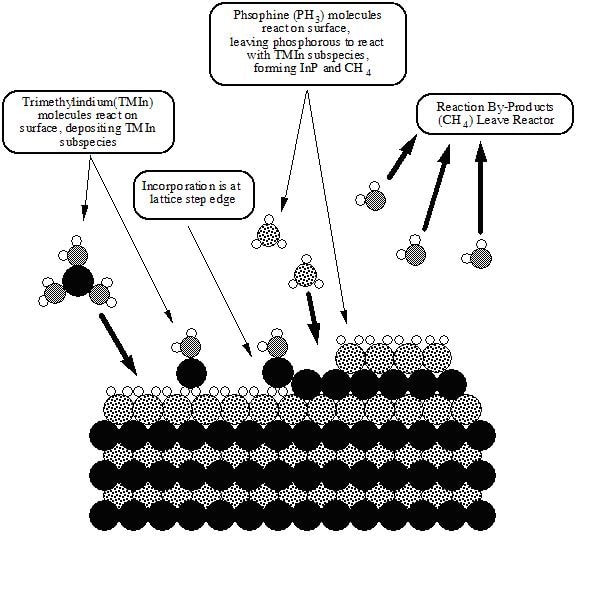Micro-LED Basics – Part 1
Micro-LEDs are being touted as a potential game-changing display technology, but not unlike other revolutionary display technologies, micro-LEDs will not come easily. While they have some unique properties that make them well suited for displays, some of those same characteristics present potential problems that at best can take a significant time to conquer, and at worst, could keep the technology from ever being fully commercialized. That said, before we cast a negative pall over micro-LEDs, we also note that they have the potential to become a replacement display technology for almost any display application, once major stumbling blocks have been removed, so there is significant capital, time, and other resources being spent toward solving such problems, and similar challenges facing other display technologies were eventually addressed and met with solutions that enabled them to become major display technologies.
In order to understand the potential of micro-LED technology, it is essential to understand what they are and how they are produced, with the understanding that few of these processes, materials, and equipment, are in either a final stage of development or have even met some consensus in the industry as to how they will be used or implemented, making the micro-LED space a fluid one, and not surprisingly, one that can change daily, weekly, or monthly. There are some basics however that are.at least for now, inherent in understanding micro-LEDs, and we try to bring them to light below.
Micro-LED substrates
Micro-LEDs are similar to more typical LEDs used in LED lighting and as edge or direct-lit backlights used in LCD displays, however they are, as the name implies, considerably smaller. There is no ‘official’ size that would make an LED be called a micro-LED, but on a general basis, standard LEDs range from about 5mm, which is the size of this ❿, down to .5mm or 500um. Below 500um, such LEDs are called mini-LEDs, but once they go below 100um, they are generally called micro-LEDs. For reference, a 5mm LED chip is .196” across, meaning about 5 could fit in a 1” line (no spaces) and 25 in a 1” square. A 500um mini-LED is 0.019” inches wide, meaning 52 could fit in a 1” line, or 2,770 in a 1” square, and a 100um micro-LED is 0.039 inches across, with 254 in an inch and 64,516 in a 1” square. Micro-LED displays used for near-eye applications such as AR or VR, can be as small as 2um, which is .0000787” wide, with 12,700 in an inch and 161.29m in a 1” square.
There are other potential substrates for LEDs, with SiC (Silicon Carbide), Silicon (Si), and Gallium Nitride (GaN) being most researched, as each has advantages and disadvantages (cost is a big factor with silicon being the cheapest and GaN being the most expensive), but for the purpose of this note, we are focused primarily on sapphire substrates.
Once the wafer are placed in the MOCVD deposition chamber they are rotated individually at high speed (2,500 RPM) and depending on the particular MOCVD tool the entire susceptor plate (the metal wafer holder – Fig. 2) also spins. In some tools the materials to be deposited enter the chamber through what is called a showerhead that is close to the wafers, with the spin allowing the wafers to be covered uniformly. In other MOCVD tools the deposited materials are passed laterally across the spinning wafers in a configuration called ‘laminal flow’, which implies no turbulence in the materials, producing a uniform coating.
Typical precursors are Trimethylgallium or TMG, TrimethylIndium (TMI), and Trimethylaluminum (TMA), which supply the heavy metals, Arsine (AsH3) and Ammonia (NH3). The materials react to each other on the surface of the wafer, hence the term Chemical Vapor Deposition and byproducts are pumped from the chamber. We note that these are volatile and dangerous materials and are extremely hazardous to the environment, so the cost of disposing of such materials and agents used to clean the chamber must be included in any cost of ownership calculation.
More to come…





 RSS Feed
RSS Feed